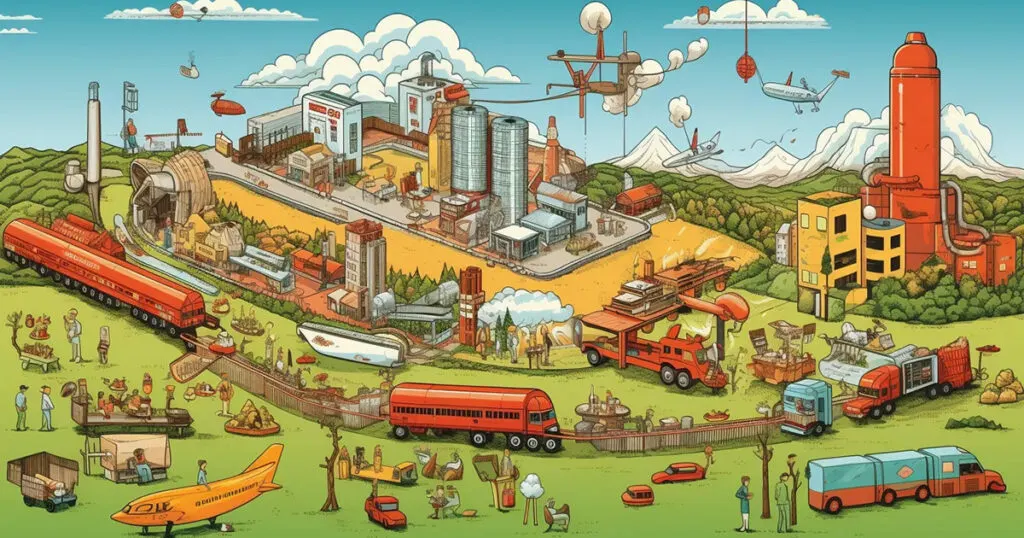As the planet continues to change and grow with temperatures rising and weather events becoming more severe, plenty of things are affected. From where we live to how we get around, the changing planet is only going to become more impactful on our daily lives. Nowhere is this more prevalent than our food supply, because plenty of weather events can impact our food.

One of these massive events is a drought, which can cause a lot of problems for all foods and the supply chain at large. But how can we build a drought resilient food supply chain that can resist the problems caused by a lack of water? Here’s what can be done!
Cooling Down The Soil
Aside from the lack of water, a drought can also bring significant heat to plants as well. As the soil grows much hotter, the soil will evaporate to cause even more water to be lost. Additionally, high temperatures can damage and drive away all of the good bacteria that can actually help the soil improve. Finally, the root growth into the soil and the amount of nutrients those roots absorb are also affected by the heat.
Cooling down the soil is one of the best ways to keep plants resilient during times of drought, and this can be done in a number of ways. For example, soil can be covered with mulch, plant residue, and even other crops that are designed to cover the soil and allow it to hold in water.
Using Electrolyzed Water
Electrolyzed water can be confusing for some people, but it has actually been around for more than 50 years. This water uses electricity to change the chemical structure of salt, water, and vinegar into an effective cleaner. A cleaner as powerful as bleach, without all the harmful chemicals and residues.
Food safety with electrolyzed water means that food can be cleaned and preserved without the risk of chemicals getting into the food. Many plants can and have been irrigated with electrolyzed water and it has been shown to reduce the effects of pathogens on the food. There have also been increases in seed germination and yield increase as well.
The more food we can produce and the more effectively we can water it, the less chance of that same food being ruined by drought. Instead the supply chain can have some buffers in place before products start to really run low.
Adopting Better Farming Practices
Finally, it is well known that the current farming practices we have aren’t doing a lot of good. Not for our crops, not for the soil, not for the animals, and not for the people. But by adopting better farming practices that put the planet first and allow for our badly drained soil and crops to heal and regrow, the better things will be for the planet.
Farmers and home gardeners alike should stop looking at the quantity of growth and the profits made on the plants and animals they are farming. Instead, they should focus on sustainable growth that will allow the planet to continue to produce good and healthy food. Even if we suffer a small supply chain drop in the short term, in the long term, we can focus on being able to produce more on a healthy planet.
Droughts and other weather related problems aren’t going to stop. In fact, unless some radical changes are made they are going to get much worse. Knowing how to keep our food supply resilient in the face of these weather issues is going to ensure that we keep having a food supply. No matter what comes our way.
